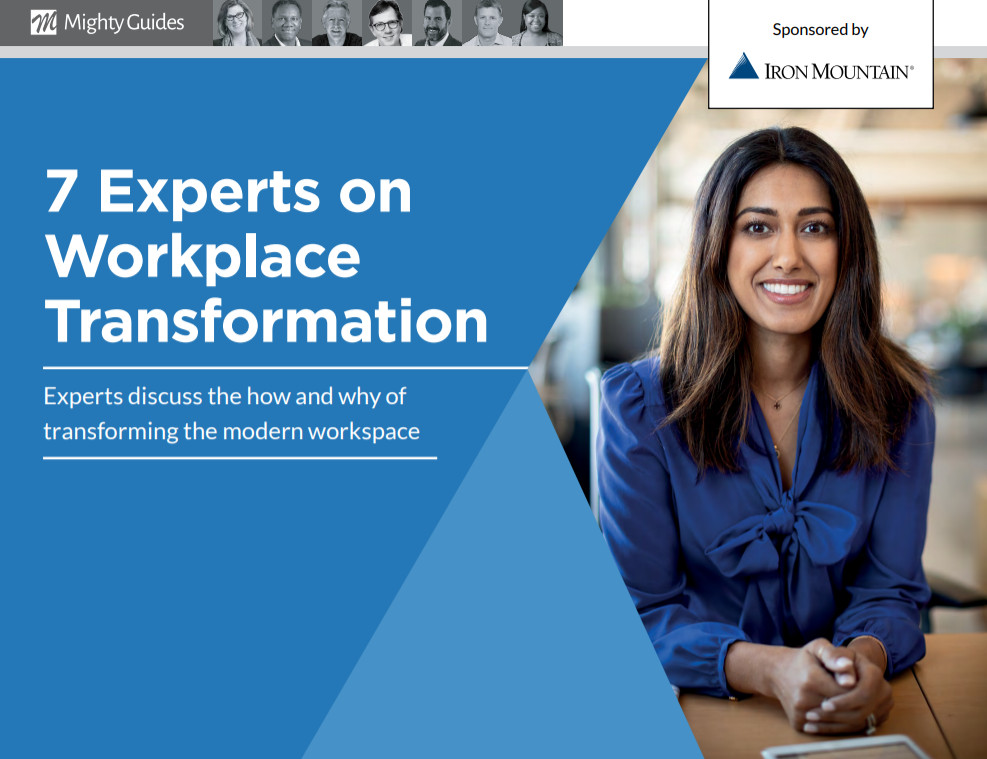
Nick Booth, Transformation Wizard (Places and Spaces), Nick Booth Consulting Limited
“Working out the future operating model is tricky.
It depends on what the business is doing and the
way it uses its offices. “
First, an organization must assess its future operating model. That model may be the same one as before. In many cases, it is typical for around 80% of the staff to work in the office and 20% of the staff to work from home at any one time. In general terms, that ratio has been reversed, with technology
largely enabling the shift. There’s also been a change of attitude, with company leadership accepting that working from home is not only an acceptable but a preferable way of working.
Working out the future operating model is tricky. It depends on what the business is doing and the way it uses its offices. A lot of local authority work that I’m involved with deals with people, social work, and social care. Groups of people will go out into the field and carry out their work and interviews, mostly at other people’s homes. There is a strong culture of regrouping back at the office— not just for instruction but also to download and debrief work. Many working patterns and cultures are being challenged. Until organizations have a clear idea of what their future operating model will be, it’s going to be difficult for them to predict how much or what type of space they need to provide.



